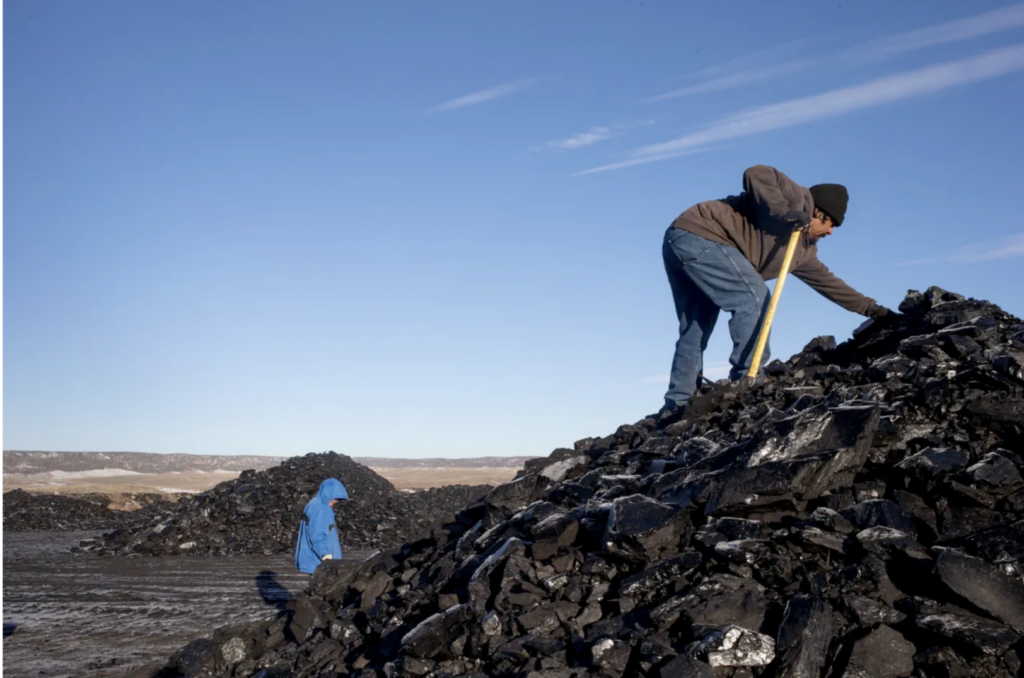On December 31, 2020, the Kayenta Coal mine in Arizona officially closed its doors, bringing an end to nearly 40 years of operation on the Navajo Nation. While the closure of the mine has been met with a mix of emotions, there is no denying the significant impact it has had on the Hopi people, who have a long and complicated history with the mine. After its closure the main focus was on the possible economic impacts, but energy poverty soon became a growing concern.
The Kayenta Coal mine was located on the border of the Navajo and Hopi reservations, and it was the primary source of coal for the Navajo Generating Station (NGS), a coal-fired power plant that supplied electricity to customers in Arizona, Nevada, and California. The mine was owned and operated by the Peabody Western Coal Company, and it employed hundreds of Navajo and Hopi people. It also provided free coal to many Navjo or Hopi members.
Members from both nations would drive to the mine at the beginning of winter and load up a truck bed of coal. This would be enough to supply a household or two for the entire season. For free. When Kayenta closed, it spiraled the four corners region into a small energy crisis.
Though Arizona is known for its scorching summers, its high desert environment can make winters deadly. Heating is life or death, especially for the elderly and very young. The high desert environment also made finding alternative fuels difficult, the land is dotted with small juniper trees, not enough to heat any entire community. Some residents were able to absorb the new costs and buy wood, others had vehicles and chainsaws enabling them to cut their own supply from a forest a few hours away, but other members were left in the cold.
By the time I visited the Hopi nation in July 2022, the first cold winter after Kayenta had slightly faded from memory. The heat of the summer made it hard to imagine and remember what the depths of winter are really like, but still all the residents I spoke to remembered the turmoil. They are more prepared now, most villages have piles of wood and in the hot summer heat I saw people preparing for the winter ahead. Kayenta was a warning, a red flag of what is to come.
The energy transition is here. For some it looks like installing new solar panels on their home, for others it means an unexpectedly cold winter. As we move deeper into green energy we need to pay special attention to marginalized communities, because they are already being left behind.

https://www.azcentral.com/story/money/business/energy/2017/02/23/arizona-kayenta-coal-mine-hopi-navajo-tribes-power-plant/98144914/
